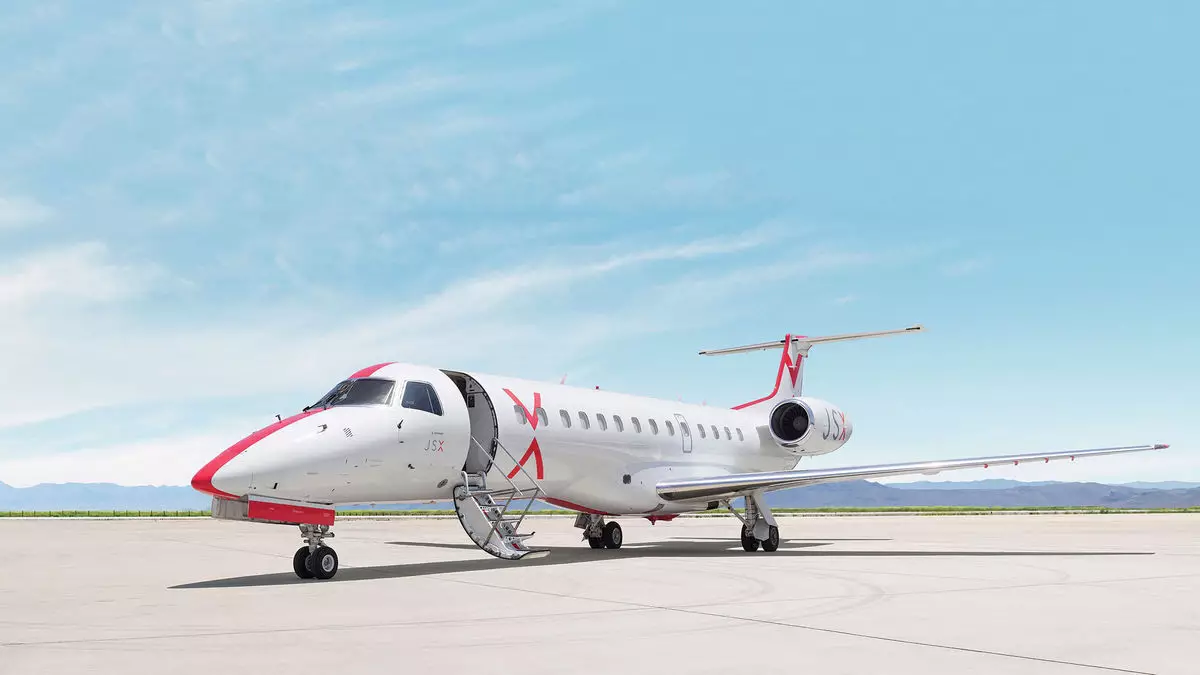In response to growing concerns over aviation security, the Transportation Security Administration (TSA) has announced that public charter airlines, including JSX, will be required to implement enhanced screening protocols akin to those employed by standard commercial airlines. This paradigm shift in security measures has significant implications for a sector that has enjoyed a degree of operational autonomy regarding passenger screening. Alongside JSX, other public charter carriers such as Contour and Aero may also be affected by these new requirements, creating a uniform approach to security across the aviation landscape.
The TSA, in conjunction with the Department of Transportation (DOT) and the Federal Aviation Administration (FAA), has determined that this change is a necessary step to mitigate potential risks associated with aviation security. The move reflects a broader commitment to safeguarding air travel in an era marked by heightened security threats. By extending standard screening protocols to public charter operators, regulators aim to create a cohesive and secure travel environment that mirrors that of traditional airlines.
A notable change will require these operators to screen passengers and accessible property, ensuring that security measures remain consistent regardless of the type of airline. This policy extension is particularly significant given that public charters like JSX have observed growth in recent years, often utilizing private terminals and offering passengers a level of convenience that standard airlines do not provide.
Currently, public charter flights are limited to 30 passengers and often have flexible schedules that permit travelers to arrive close to flight times—sometimes as little as 30 minutes before departure. However, the implementation of TSA-style screening is poised to alter this dynamic. While aimed at increasing safety, the requirement for additional screening could potentially extend the time passengers need to allocate for check-in and security procedures, thereby affecting the operational efficiencies that public charters have prided themselves on.
As JSX and similar operators prepare for this transition, the TSA has promised a structured timeline for implementation. This timeline includes training for staff, acquiring necessary equipment, and ensuring that affected airports are prepared for the impending changes. Although the adjustment is undoubtedly substantial, it may serve to further legitimize public charters in the eyes of the flying public, reinforcing their commitment to safety alongside efficiency.
JSX has publicly expressed its support for the TSA’s new regulations, emphasizing the importance of safety in air travel. The company boasts an impressive security track record, having invested millions to develop a robust security framework well before these mandated changes. JSX CEO Alex Wilcox has been vocal about the measures taken to exceed TSA standards, including comprehensive baggage screening procedures and secondary identity verifications at boarding.
By proactively engaging in discussions about increased security measures, JSX positions itself as a leader in the charter sector. Their commitment to maintaining passenger safety through advanced technology and strict protocols underscores a willingness to embrace regulatory changes that ultimately aim to protect travelers.
The TSA’s new rules for public charters come amid broader regulatory considerations from the FAA, which is also looking to impose stricter pilot training and retirement age policies that align with those of commercial airlines. This longitudinal approach to regulation signifies a shift in the landscape of charter operations, pushing these airlines towards more traditional compliance frameworks while maintaining the unique offerings that appeal to travelers.
In summation, the TSA’s decision to implement uniform screening processes for public charter carriers like JSX marks a pivotal juncture in the industry. While it will undoubtedly alter the current operational model and passenger experience, the overarching goal remains the same: to enhance the safety and security of air travel for all. As such, this evolution in policy reflects a proactive stance against emerging threats in aviation security, reinforcing the commitment of both charter carriers and federal regulators to protect the flying public.


Leave a Reply